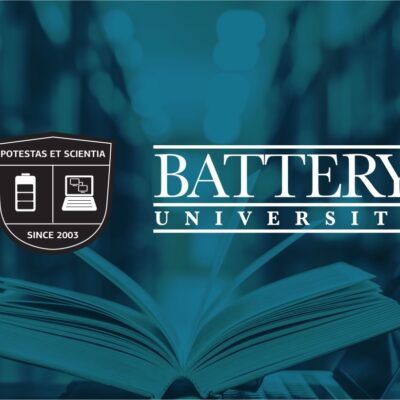Maybe that has to do with their age old lightning port rather than them playing it safe. Lightning port protocol is too old to adopt new standards.Apple restrict their fastest charging to 15W
Secondly, from my research of Li-on vs Li-po a decade ago, The Li-po isn't stored in a pressurized container like Li-on and that makes them a poor bomb material. Li-po also has less internal resistance so they stay cooler than Li-on while charging or discharging. Maybe the only pro Li-on has over Li-po is the highest energy density.
Same here. Batteries are like consumables for me like the engine oil in the vehicles. I don't like to throw away a vehicle after its engine oil turns bad.If the battery does go bad early due to fast charging, Samsung charges just 3k for the battery change. Worth it to spend that amount every 18 months or so.
Lucky, so far all my phones have had user replaceable batteries.
Last edited:




